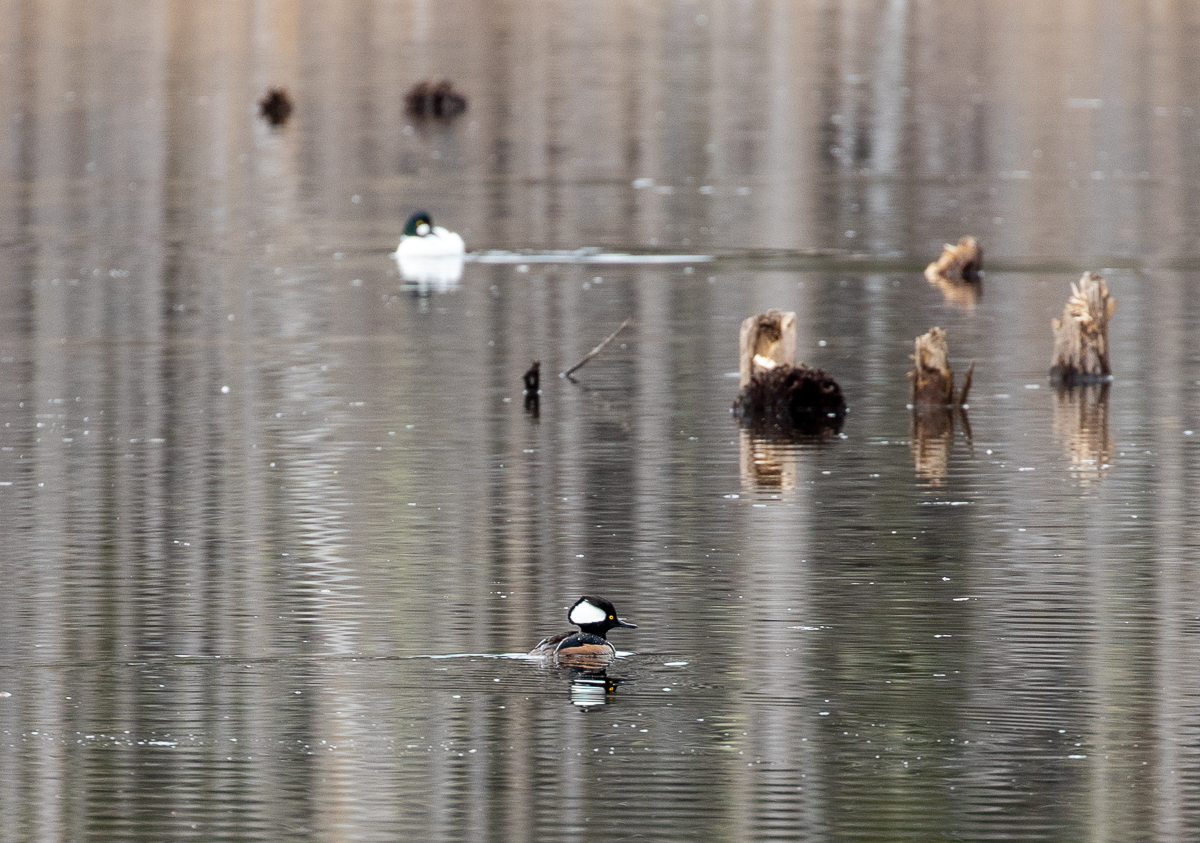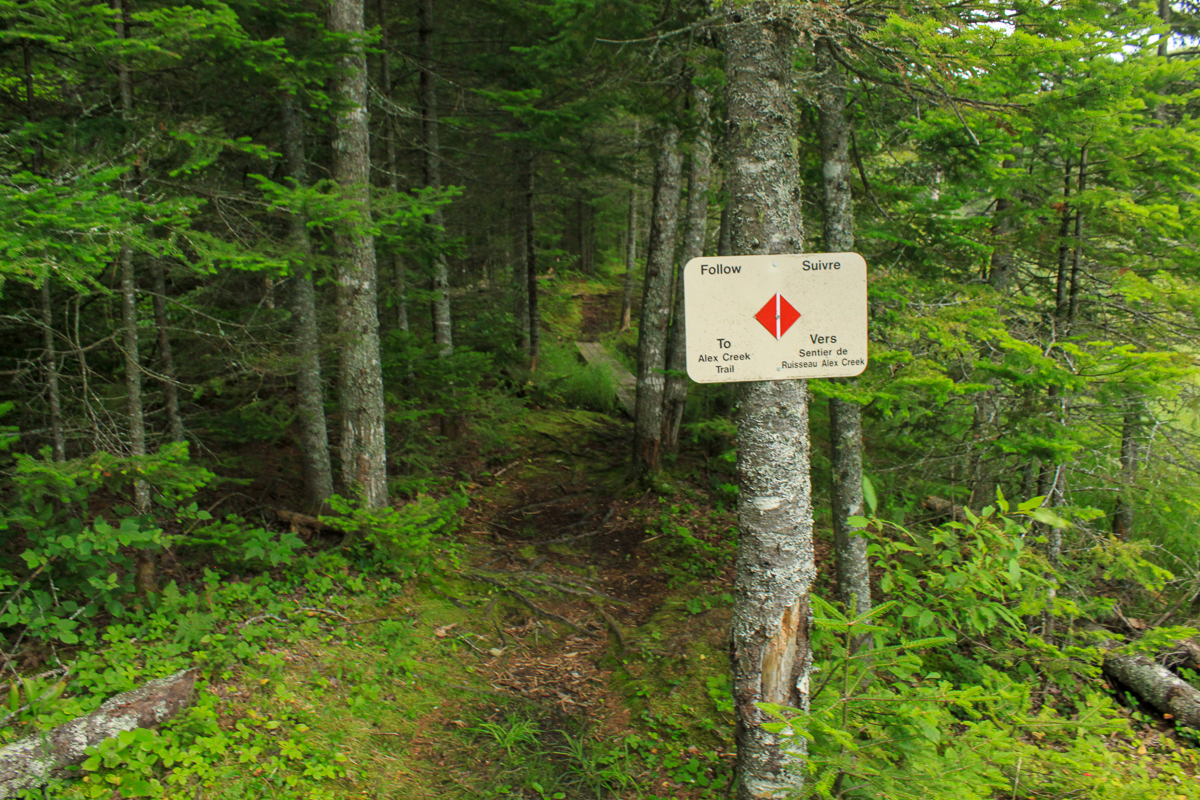Beaver Pond to Alex Creek Connecting Trail
Mactaquac Provincial ParkVideo
Quick Facts
| Difficulty | easy |
| Trail Type | linear |
| Distance | 610 metres |
| Estimated Time | 30 minutes return |
| Surface Type | crushed rock, boardwalk |
| Elevation Change | 28 metres |
| Features | beaver pond |
| Trail Markers | red square with white stripe |
| Scenery Rating | special features |
| Maintenance Rating | variable |
| Cell Reception | medium |
| Dog Friendly | on a leash |
| Fees | none |
Description
This trail has become my favorite trail in the park. It travels along the largest beaver pond in the park and is a bit more remote than the other trails. As a result the pond is teaming with wildlife and waterfowl. Pick one of the benches near the pond and sit quietly. My favorite is the one closest to the Alex Creek Trail. It is tucked back in the woods a bit, secluding it from the main trail. It also looks out at a large beaver hut in the middle of the pond. In this pond I have seen beaver, great blue heron, Common Goldeneye ducks, Hooded Merganser ducks, Cedar Waxwings, bullfrogs and many types of dragonflies. It is a testament to the positive impacts beavers have on the landscape.

From the Beaver Pond Trail, the trail travels through a short stretch of woods before coming out to the pond. Along the trail are a few large white pine. The trail then travels around the edge of the pond to the other side. On its way it passes a side trail on the right that goes out to a point with a bench. After this side trail, the main trail continues around the pond and through some open marshy areas. Just as the trail turns away from the pond you will find another side trail on the right. This takes you out to another bench on the edge of the pond (my favorite mentioned above). The trail then travels through a mainly softwood forest until it reaches another long pond and the start of the Alex Creek Trail.

Map
From the Sign
Learn
Fungi play a crucial role in the health of a forest. As decomposers, fungi break down organic material into forms that can be utilized by plants. Plants absorb the by-products of decomposition through their root systems to be used for plant growth. In addition, some fungi form symbiotic relationships with plants by facilitating the plant's nutrient intake and, in turn, receive carbon from the plant.

Discover
See if you can spot any of the fungi shown here along the trail. Take notice of where they are growing. What sort of environment is allowing this species to thrive? How might their presence affect the area that surrounds them?
From the Sign
The eastern white pine
White pines were dated to more than 4000 years old... The Eastern White Pine is the tallest tree in eastern North America, though only one percent of the original trees remain untouched by extensive logging operations in the 17th and 18th century. During the age of sail, the tall trees were valued for masts, and were marked with the kings arrow, reserving them for the British Royal Navy.
The current tallest white Pines reach between 50 and 55 meters (160-180 feet), they prefer well-drained soil and cool, humid climate.

The White Pine needles contain 5 time the amount of vitamin C (by weight) of lemons.
The Iroquois First Nation revere the White Pine as the Tree of Peace, said to shelter all nations who commit themselves to Peace.
Directions
For directions to the park go to the Mactaquac Provincial Park page.
As its name implies, you can access this trail from either the Beaver Pond Trail or the Alex Creek Trail.

Trail Last Hiked: April 13, 2024.
Page Last Updated: April 18, 2024.


